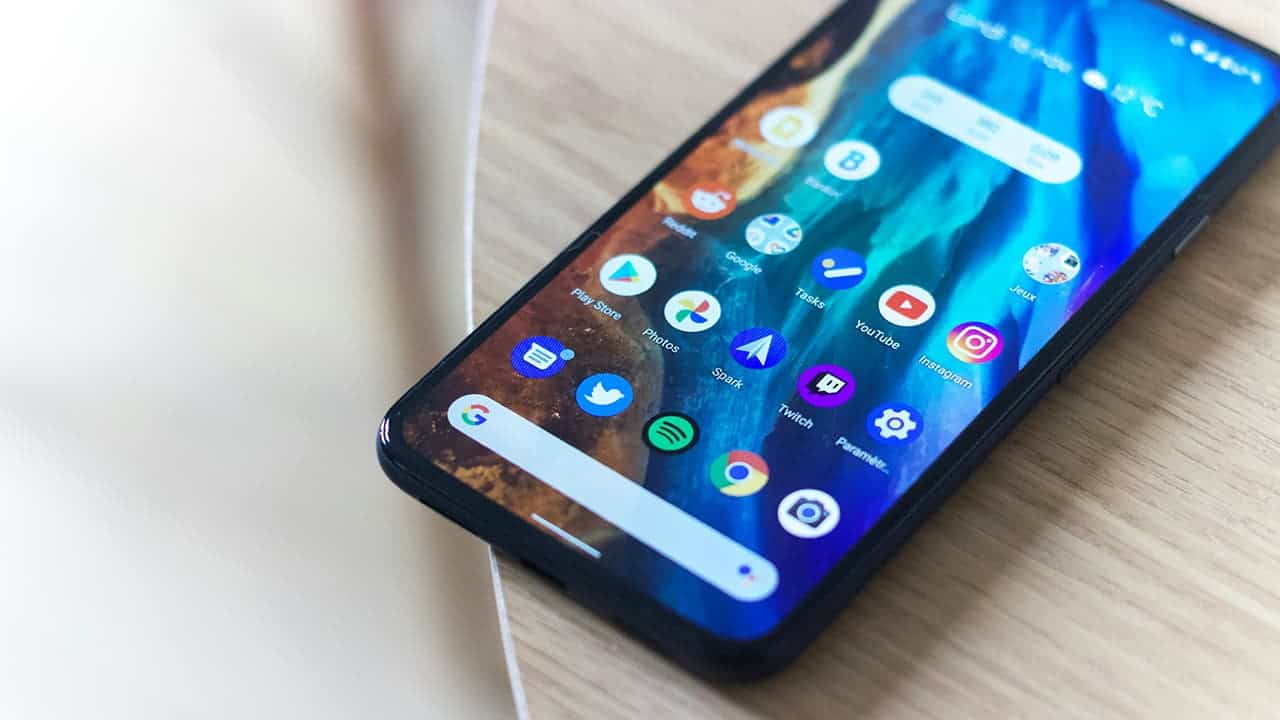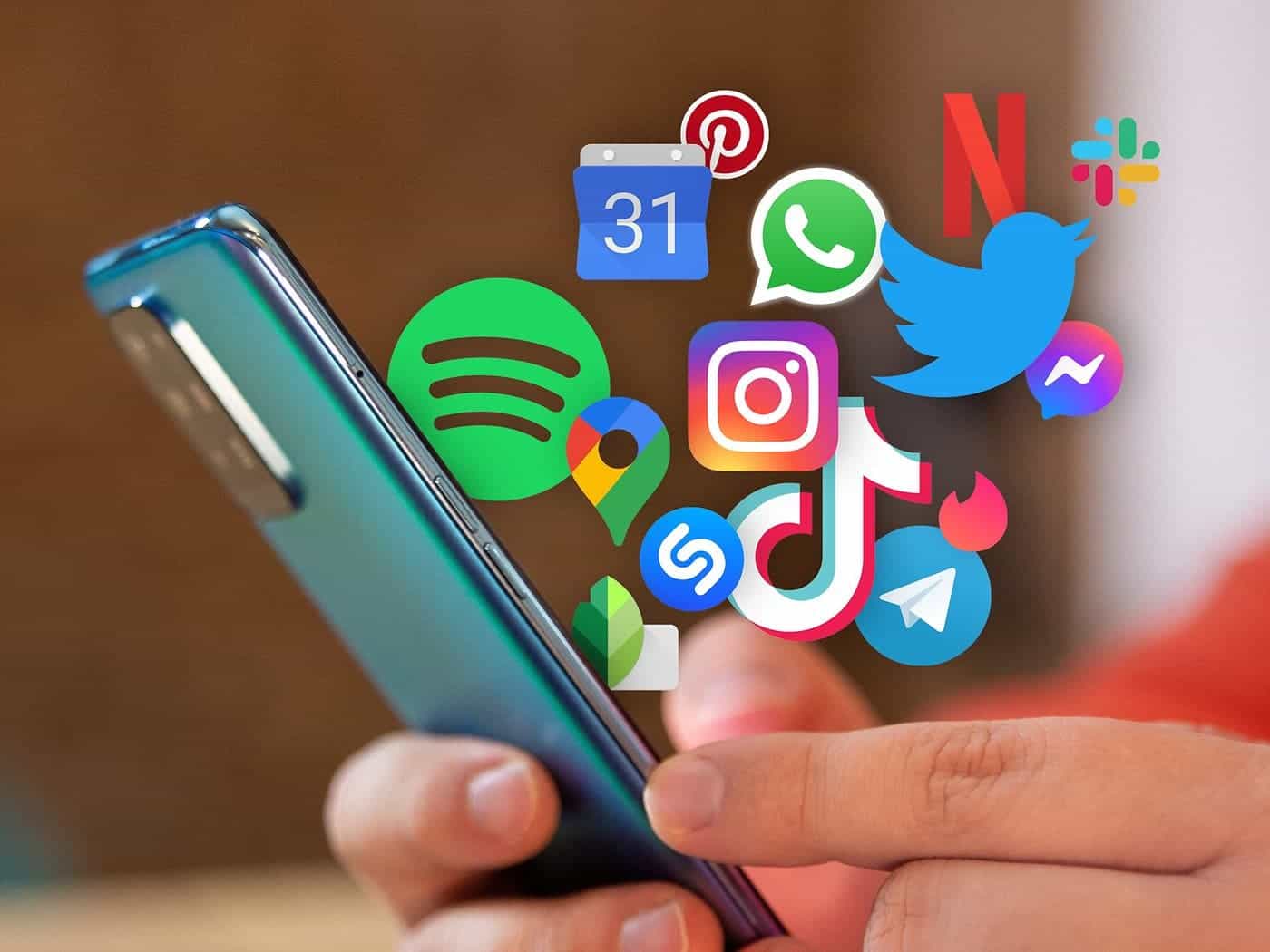In today's digital world, apps are the tools that power our productivity, entertainment, and communication. But with an ever-growing library of apps, navigating this digital landscape can become a mess. Finding the right app at the right time can be frustrating, waste valuable time, and disrupt your workflow. And this guide will help you organize your apps for optimal availability and performance.
Taming the App Jungle: How to Organize and Make Apps Accessible

Understanding your application ecosystem
The first step is to conduct a thorough audit. Dive deep into your existing app collection. Here's what you need to consider:
- Frequency of use: Categorize apps based on how often you use them. Frequently used apps, such as social media or messaging, deserve the best place, while those that are used occasionally can be moved as far as possible.
- Purpose of the program: Group apps by function – social, productivity, entertainment, shopping, and more. This creates a logical structure for easy navigation.
- Device compatibility: Not all apps are compatible with all devices. Identify apps for a specific device and organize them accordingly (for example, work apps on a laptop, entertainment apps on a tablet).
Tidy up and remove:
Now that you have a landscape map of your application, it's time to do some spring cleaning. Be ruthless! Here's how to organize your app collection:
- Unused programs: Let go of apps you haven't used in months. They are not useful and only take up space.
- Duplicate functions: Do you have multiple apps for similar purposes (like two photo editing apps)? Keep the one you like better and delete the rest.
- Introductory and memory-blowing programs: Delete trial versions of apps that you haven't converted to paid subscriptions. In addition, some devices come pre-installed with "extra" programs that you never use. Check your device settings to see if they can be disabled or removed.
Mastering the methods of organizing applications:
Here's how to use your device's features and third-party tools to organize apps:
- Use built-in functions: Most devices come with built-in tools for organizing apps. Take advantage of folders to group related apps. Customize your home screen layout to prioritize apps you use frequently.
- Use application launchers: Third-party launchers like Nova Launcher (Android) or Launcher (iOS) offer more customization options. Create multiple home screens for different app categories, use widgets for quick access, and customize icon themes for a visually appealing look.
- Integration with smart assistant: Use voice commands with smart assistants like Google Assistant or Siri to launch apps hands-free. This is a great option for quick access to frequently used programs, especially on smart speakers or wearables.
Optimizing the use of programs to increase efficiency:
- Notification: Manage notification settings for each app. Constant notifications can be distracting and contribute to information overload. Allow notifications only for really important apps, and set silent or unobtrusive mode for less important ones.
- App permissions: Review and adjust app permissions regularly. Programs often request extensive access to data and features that you may not need. Revoke unnecessary permissions to protect your privacy and potentially improve device performance.
- Cloud storage and synchronization: Use cloud services to back up data and program settings. This will allow you to easily access applications and data on different devices.

Bonus tip: Use automation
Explore automation tools like IFTTT (If This, Then That) or Zapier to automate tasks between apps. Imagine automatically saving important emails to cloud storage or adding new social media contacts to your address book – all without your manual intervention.
Запам'ятайте:
The ideal app organization system is one that adapts to your needs and preferences. Experiment with different methods and find the one that works best for you. Review your app collection regularly, cleaning and reorganizing as needed. With a clean and organized app ecosystem, you'll be able to find the right app when you need it, boosting your productivity and allowing you to enjoy the digital world.
Additional considerations:
- Security and Privacy: Be aware of privacy settings for each app. Do not grant sensitive permissions unless absolutely necessary. Consider using a password manager to manage access credentials for different applications.
- Use of data: Keep an eye on your mobile data usage, especially on limited data plans. Some programs can be "hog herders" of data. Consider using data-saving features in apps or switch to Wi-Fi when possible for heavy data usage
Visnovok
By taking control of your application landscape, you will change the way you interact with technology. You'll spend less time searching for apps and more time using them to their fullest potential. Remember, the goal is not just to organize, but to empower yourself to be more productive, efficient, and ultimately in control of your digital experience.
Take it a step further: Advanced application management techniques
For advanced users, we offer several additional strategies to further optimize application management:
- Use application profiles: Some devices offer application profiles that allow you to create different sets of applications for different contexts. For example, a “work profile” with productivity apps and a “home profile” with entertainment and social networking apps. This helps maintain a clear line between work and personal life on your device.
- Explore alternative app stores: Consider going beyond the official app store for your device. Third-party app stores often offer niche apps or modified versions of existing apps with additional features. Always give preference to proven ones shopping and be careful with app permissions when downloading from unofficial sources.
- Use cloud applications: Cloud applications are accessed through a web browser, eliminating the need for local storage on your device. This can be especially useful for resource-intensive applications or those that require collaborative capabilities.
The future of program management
As technology evolves, so will application management. Here are some potential future trends to watch out for:
- Context-sensitive program offers: Imagine your device intelligently suggesting apps based on your location, time of day, and activity. For example, offer a navigation program while driving or a music program during the commute.
- Seamless integration with multiple devices: In the future, we may see a more seamless experience with apps that seamlessly transition from one device to another. Imagine starting a project on your laptop and then seamlessly continuing it on your tablet or smartphone.
- Organization of applications based on artificial intelligence: Artificial intelligence can play a bigger role in personalizing your app experience. Imagine AI automatically categorizing your apps, prioritizing the ones that are frequent are being used and recommends removing them based on usage patterns.
So, effective application management is a continuous process. By applying the strategies outlined here and staying open to future innovations, you can create a digital environment that allows you to get the most out of your technology. Remember, the ultimate goal is to use apps as tools that enhance your productivity, creativity, and overall well-being in an ever-evolving digital landscape.




